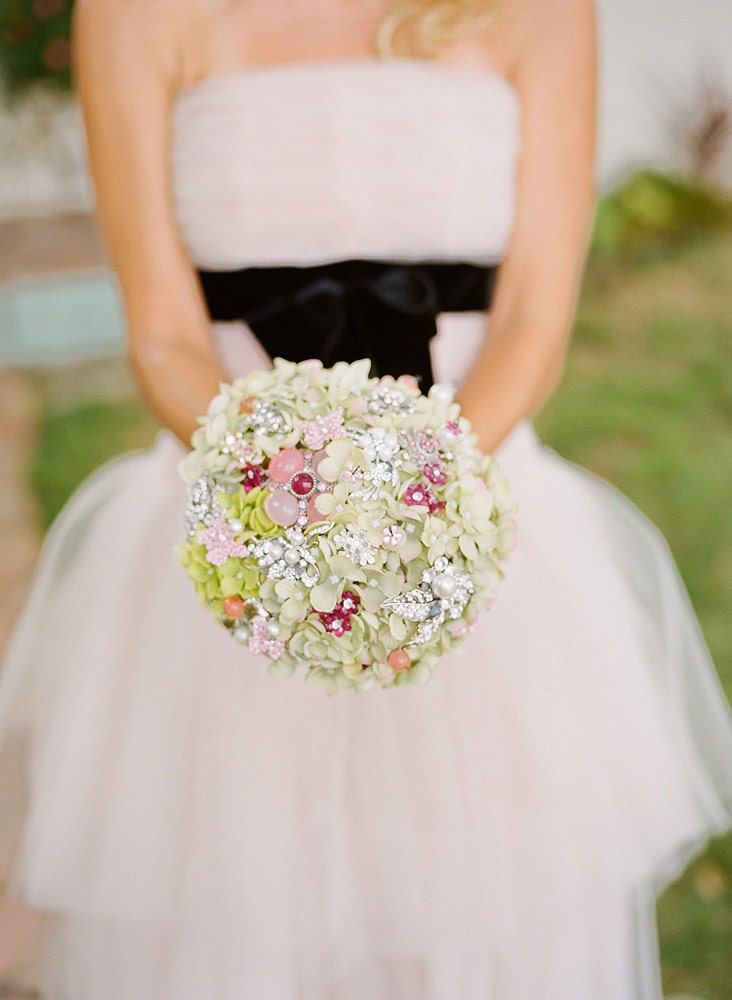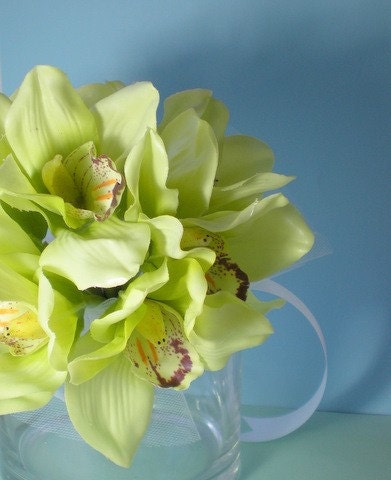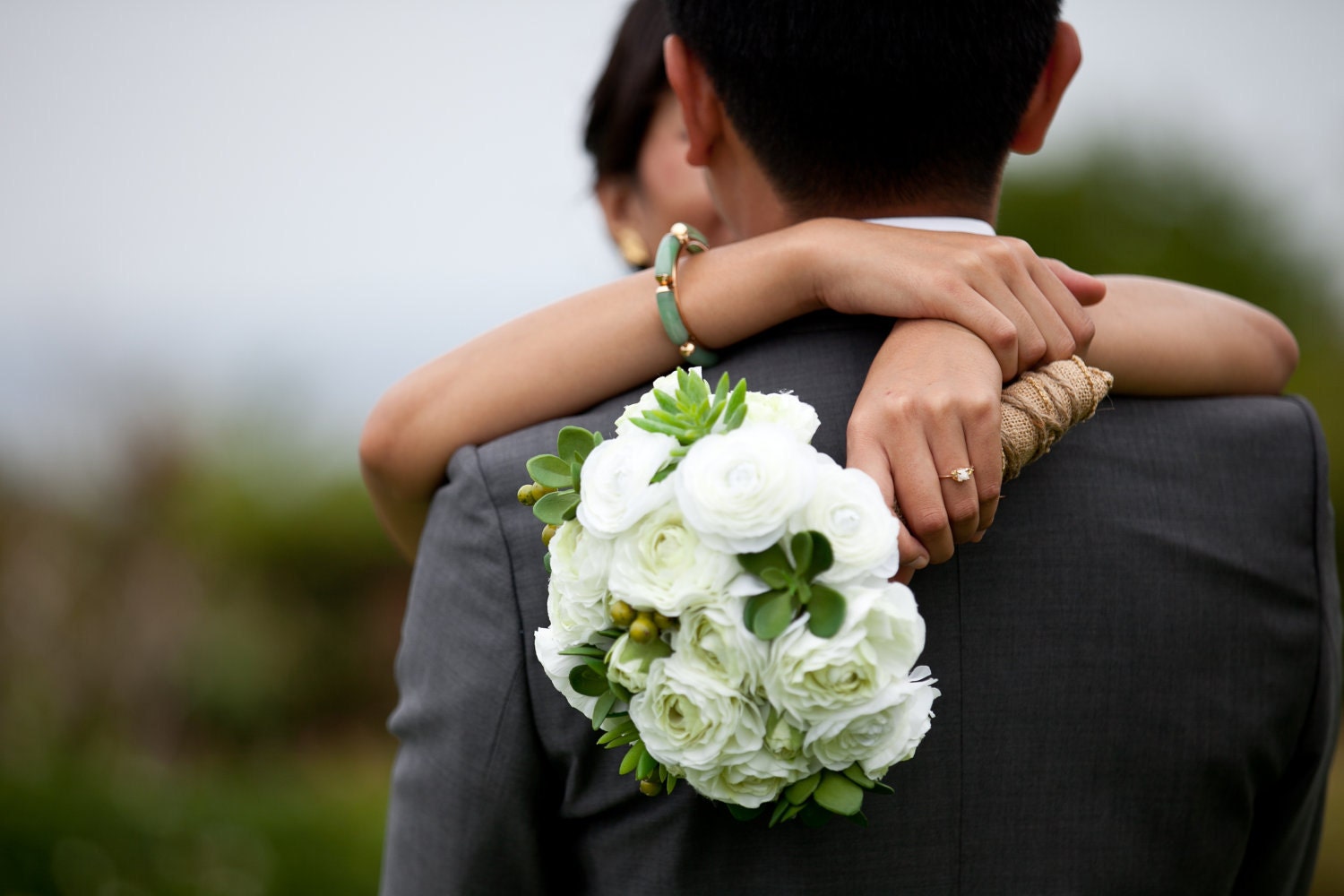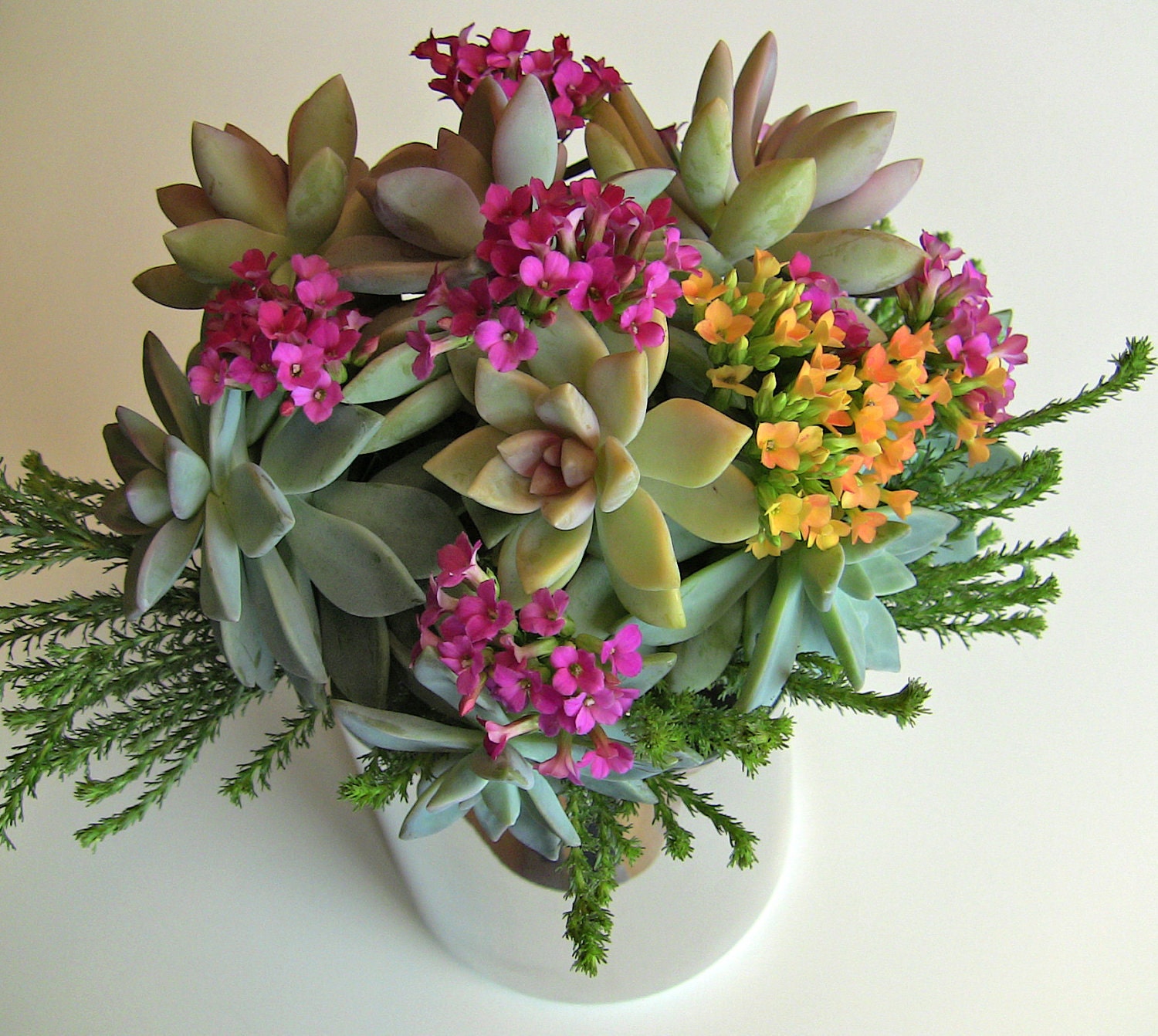Though weddings are as unique as the individuals getting married, the traditions involved are unquestionably routine. Their origins, however, are quite surprising.
As with many of today’s wedding traditions, the origin of the bridal bouquet can be traced to a superstitious practice. In ancient and medieval times, brides carried bunches of pungent herbs like garlic, rosemary and dill to ward off evil spirits. Around the 15th century, brides began carrying particularly aromatic flowers for a much more practical reason. As Maggie Van Ostrand hilariously explains, bathing was a very rare occasion at the time, and the scent of blooms was preferable to the scent of armpits. Of course, there’s some symbolism behind the practice as well. As explained in Transcending Boundaries: Multi-disciplinary Approaches to the Study of Gender, wedding nosegays “represent fertility and are appropriately carried over the bride’s womb.” If a bride carries an arm bouquet, that represents a baby.
The Victorians took floral symbolism one step further, creating an entire secret language spoken by the color and type of blooms carried. Want to know what sort of message a bride might accidentally be broadcasting? Take a crash course in the mysteries of floriography.










0
Sign in to add your own